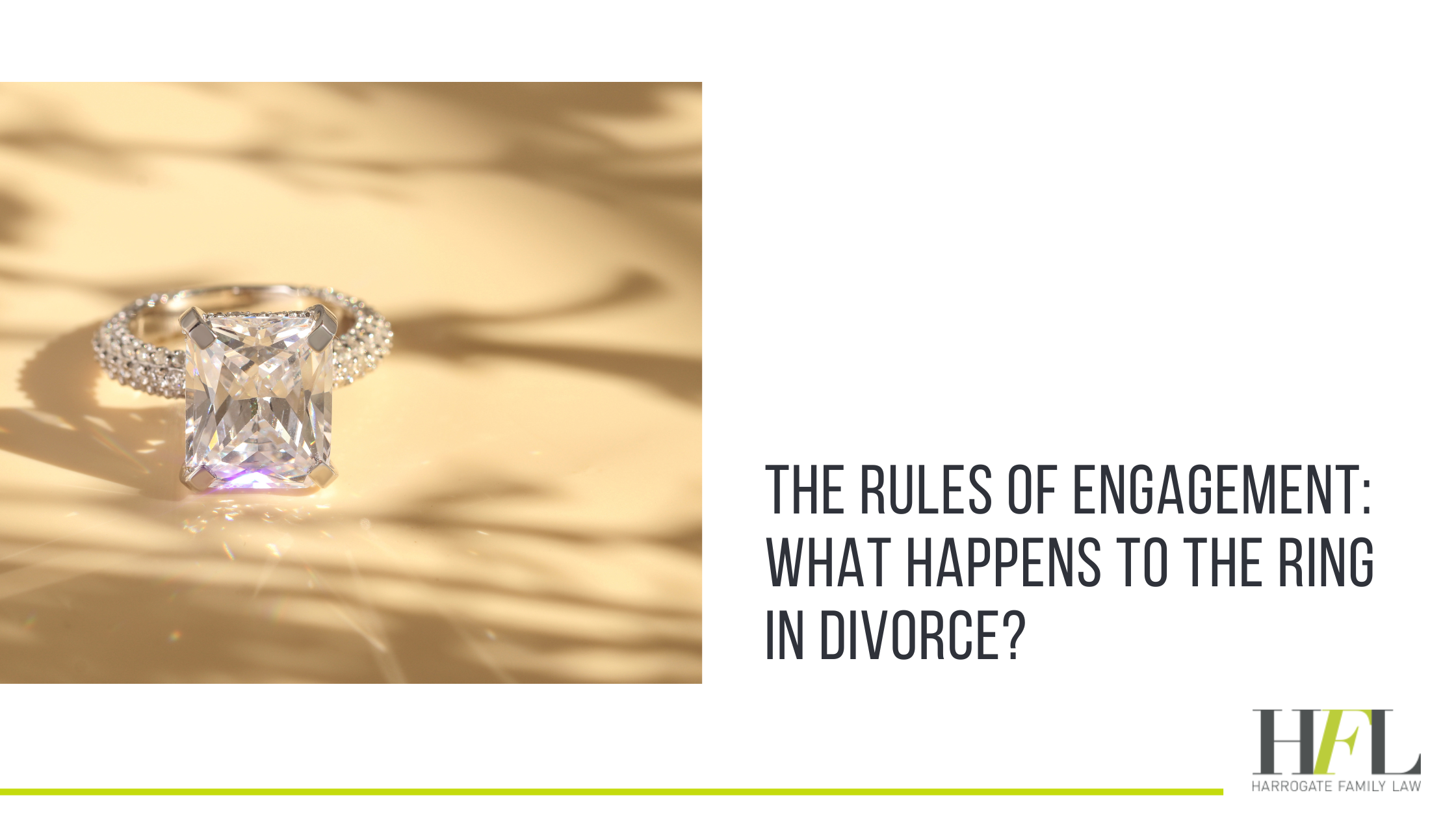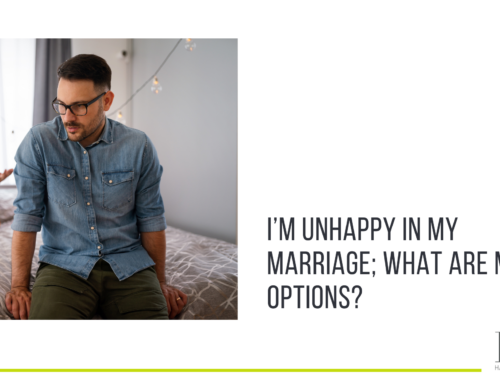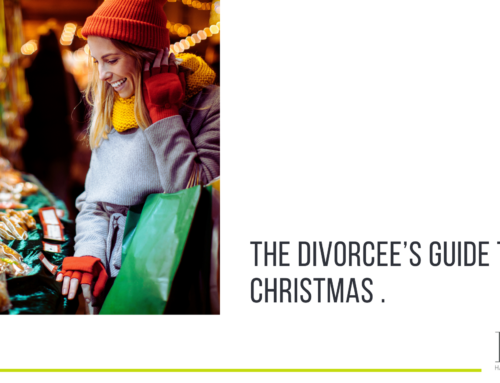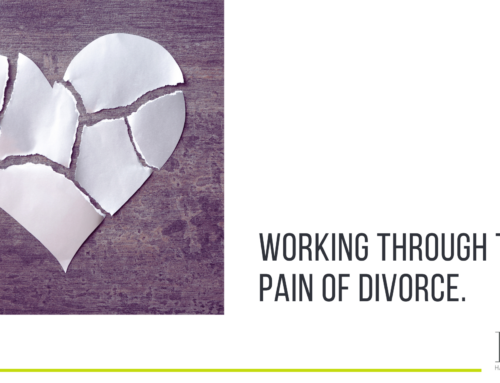They say ‘diamonds are forever’. But for many couples, that’s certainly not the case for the relationship itself.
When couples separate, the main points of contention are often how they’ll split the finances and work out the arrangements for the children. But what happens to the engagement ring if you decide to get divorced or separate before the wedding goes ahead?
The history of the engagement ring
While we in the 21st century have many romantic ideas about engagement rings, their origins are much more transactional, dating back as far as Roman times.
In those days, women would wear rings made from ivory to declare they’d entered a business contract or ‘to affirm mutual love and obedience’ – not quite the romantic gesture we’ve come to know in modern-day society.
It wasn’t until the 15th century that people started adding diamonds and jewels to rings. An Archduke decided to emboss the ring with diamonds set in the shape of an ‘M’ to signify the name of the woman he intended to marry. After this, engagement rings started to become the, in some cases, very extravagant symbol of commitment we know today.
Fast-forward to the 20th century, and DeBeers launched the famous ‘diamonds are forever’ advertising campaign, and the popularity of diamond engagement rings went through the roof in post-war Britain.
Are we too obsessed with engagement rings?
Diamonds have become a symbol of longevity and durability – the qualities most people hope for when they enter a marriage. Many people see the ring as a tangible representation of a commitment to one another.
In some instances, people seem to see their ring as a status symbol – the bigger the diamond, the more successful the couple and the marriage. However, there are now studies that beg to differ.
How much is too much?
Once again, we have De Beers to thank for the notion that you need to spend three months’ salary on an engagement ring. A poll by Sky News found that nearly 3,500 of the people they surveyed would spend between £1,000 and £5,000 on an engagement ring.
Of course, there are no hard and fast rules on what you should spend, and the amounts vary. But with some couples spending tens of thousands of pounds when putting rings on fingers, the fact is that the engagement ring can constitute a very valuable asset.
Do you have to, and should you, give it back?
This leads to the big question: What will happen to the ring if the relationship ends?
Legally, engagement rings are given as an ‘absolute gift’. This means it’s given unconditionally without expecting or receiving anything in return. If you divorce, this means you’re not technically under any obligation to return it to your ex-partner.
It should be noted that the rules are less clear when it comes to returning the engagement ring if the marriage doesn’t go ahead in the first place. In that case, it’s largely down to your judgement and the nature of your relationship. In some instances (where it’s a family heirloom, for example), pre- or post-nuptial agreements may be put in place to ensure the ring is returned should the marriage not go forward. In other situations, people might just decide that keeping the ring simply doesn’t feel right.
So there you have it. It seems that a diamond really is forever unless there’s an agreement to say otherwise. So, if you’d like to talk to us about pre- or postnuptial agreements, or you’d like some expert legal advice about your family matter, Harrogate Family Law is here to help. Get in touch today.






